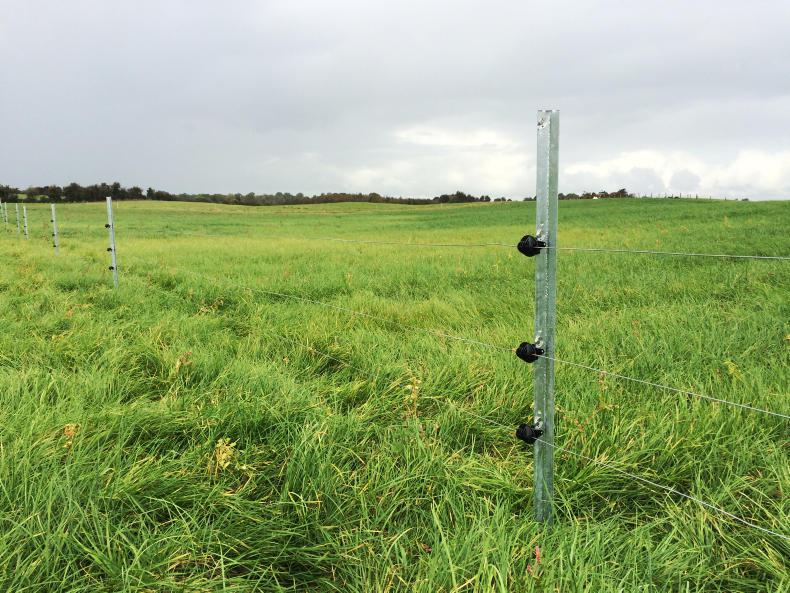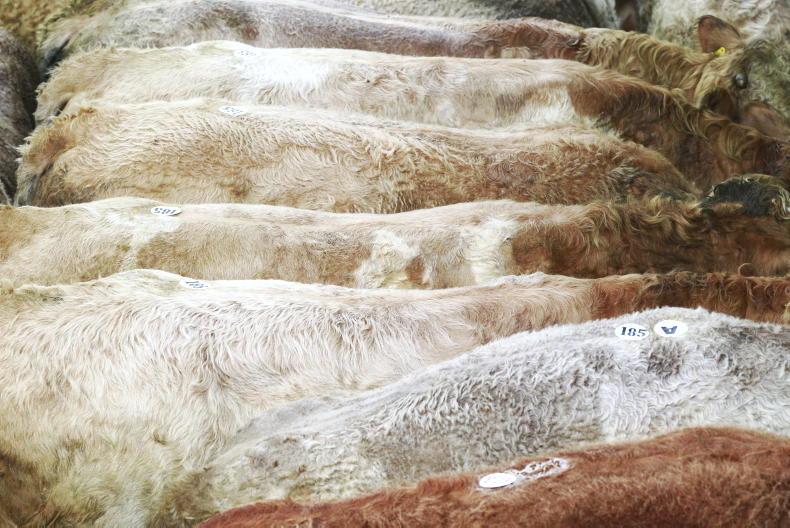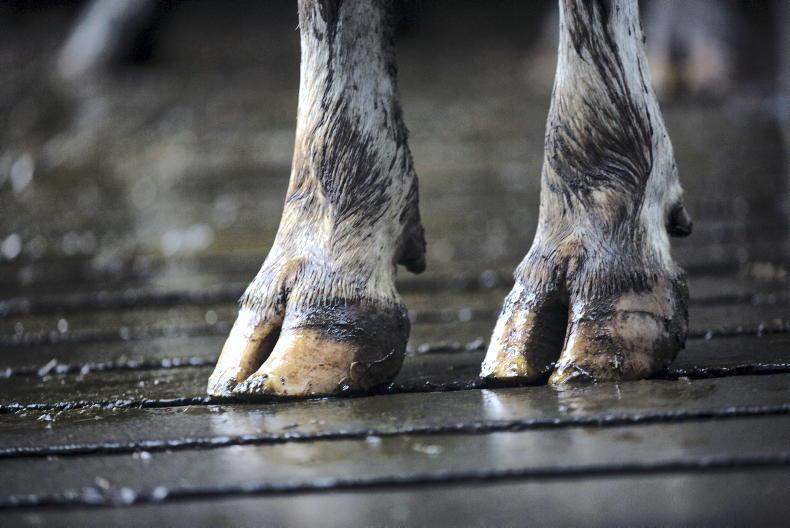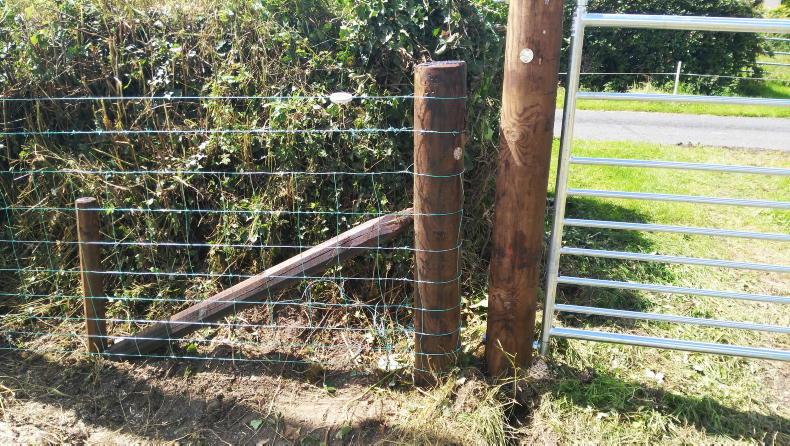There is renewed interest in temporary grazing agreements with good grass reserves on some beef farms and an increase in the volume of forage crops grown.
The allowance to graze forage crops sown under GLAS after 1 December is also adding to interest, as is strong factory activity in enticing farmers to feed lambs for next spring.
Fencing
A barrier on some farms to purchasing sheep or operating a temporary grazing arrangement is inadequate fencing.
However, there is scope on all farms to install temporary fencing at a low cost that will facilitate grazing of these swards.
For some farmers, offering the grass to a sheep farmer who has the means to set up their own temporary fencing is a more logical step.
It also gives a rough guide price, but it is important to note that the cost can vary significantly depending on the specification of materials used.
Combining temporary and permanent fences
For many, there will be scope to combine temporary fencing with a permanent fence that is already in place.
This can be done at a very low cost, ranging from 20c/m to 30c/m, by erecting two strands of wire and nailed/screw-in insulators on existing posts.
Some farmers may also wish to use the opportunity to erect a new permanent wire fence that will be used after to graze cattle or livestock in a mixed grazing system.
Contractors will charge €0.90/m to €1.20/m, including materials, to erect a fence on relatively level ground.

The higher cost is for long-life posts (PDM, creosote, Clipex), heavier strainers and high-tensile wire and is highly advised for a long-life fencing job.
Erecting two strands of wire costs in the region of €1.20/m to €1.50/m.
Options when purchasing an electric fence
Erecting a fence is only one part of the task. A critical component of maintaining a stock-proof fence is having a fence with a good output.
Once animals become accustomed to an electric fence, there are generally few issues, but it is important that the correct output is achieved at the outset.
There are a number of options in purchasing a fence.
The most common are a battery- or mains-operated fence, but there are also now fences on the market that can work on either mains or battery, providing better options for fragmented lands, as well as solar fences that also have a back-up battery facility.

Costs for battery fences start at €100 to €130 for lower-output nine-volt fences, rising to €200 to €300 for stronger fences and solar units capable of covering 2km or five acres.
Mains fencers, where they can be used, vary significantly in price depending on output.
Entry units with an output 0f 0.5 to 0.8 joules and covering two to five acres range from €100 to €150. Stronger four to five joule units suitable for fencing 40 to 60 acres cost €250 to €300, with standard six to seven joule units costing €300 to €400.
More complex units capable of recording and altering output and high-output units covering 150 to 200 acres can cost €1,000 or more.
















SHARING OPTIONS